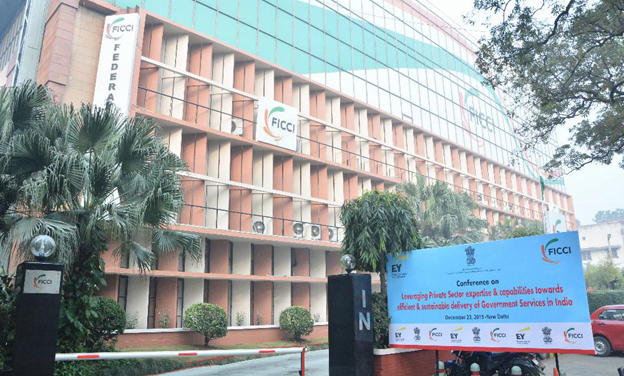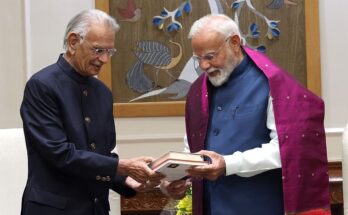FICCI’s latest Quarterly Survey on Manufacturing presents a better outlook for hiring and production in Manufacturing.
The survey portrays a better outlook for the manufacturing sector in Q-3 (October-December 2018-19) as the percentage of respondents reporting higher production in third quarter were much higher than those reporting higher production in Q-3 of 2017-18.
The proportion of respondents reporting higher output growth during the October-December 2018 quarter was 54 per cent as compared to 47 per cent in Q-3 of 2017-18. The percentage of respondents reporting low production was only 13.5 per cent in Q-3 2018-19 as compared to 15 per cent in Q-3 of 2017-18.
Similarly, on hiring front the outlook for the sector seems to have slightly improved for near future.
While in Q-3 of 2017-18, 70 per cent respondents mentioned that they were not likely to hire additional workforce, this percentage has come down to 65 per cent for Q-3 of 2018-19. Going forward it is expected that hiring scenario will improve further, noted the Survey.
FICCI’s latest quarterly survey assessed the sentiments of manufacturers for Q-3 (October-December 2018-19) for eleven major sectors namely automotive, capital goods, cement and ceramics, chemicals, fertilizers and pharmaceuticals, electronics & electricals, leather and footwear, metal & metal products, paper products, textiles, textile machinery and tyre. Responses have been drawn from over 300 manufacturing units from both large and SME segments with a combined annual turnover of over 2.2 lakh crore.
In terms of order books, 43 per cent of the respondents in October-December 2018 are expecting higher number of orders against 42 per cent in October-December 2017-18.
The outlook for exports is somewhat stable as 36 per cent of the participants are expecting a rise in exports for Q-3 2018-19 and 32 per cent are expecting exports to continue on same path as that of same quarter last year, observed the Survey.
However, rupee depreciation has not led to any significant increase in exports as 78 per cent of the respondents reported that the exports were not affected much by rupee depreciation. Thereby, emphasising that there were other global factors that are restricting the growth of exports of the country.(UNI)
Hiring & Production Outlook improves in Manufacturing: FICCI Survey




